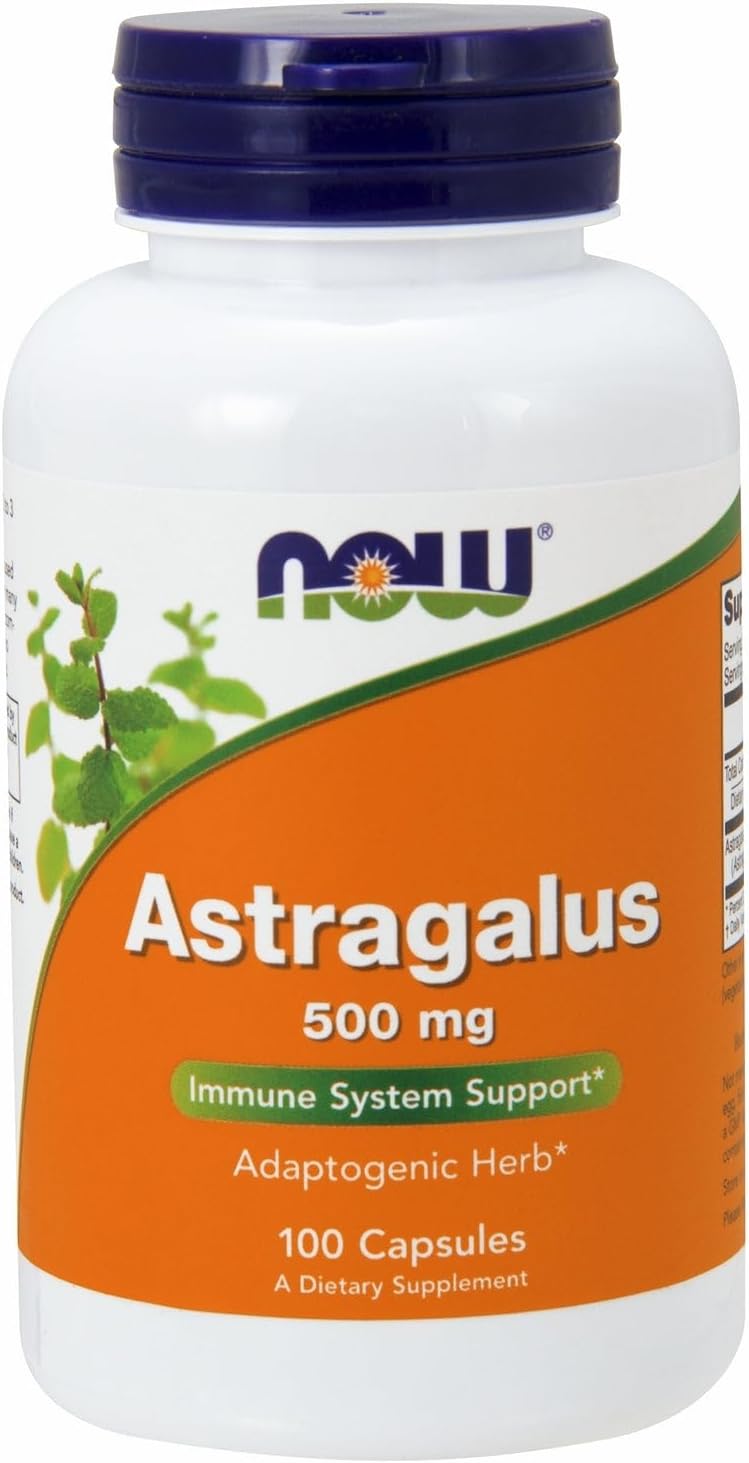Can you take Acidophilus and Omega-3 Fatty Acid (ALA) together?
Interaction Details
Taking Acidophilus and Omega-3 Fatty Acid (ALA) together has the potential for good synergy, suggesting a rating of 4 out of 5.
Explanation of Synergy: The primary mechanism of synergy here revolves around their combined effect on gut health and inflammation. Acidophilus is a probiotic that helps maintain a healthy gut microbiome, which is essential for proper digestion and immune system function. Omega-3 fatty acids, particularly ALA, have potent anti-inflammatory properties. When taken together, the probiotic can help increase the bioavailability of Omega-3 fatty acids, allowing them to more effectively reduce inflammation in the gut and throughout the body. Additionally, the anti-inflammatory effects of Omega-3 fatty acids may help create a more favorable environment for the probiotic to colonize the gut, increasing its effectiveness.
Potential Benefits
Potential Risks
Acidophilus
Acidophilus is a type of probiotic bacteria that is beneficial for gut health. It is a strain of Lactobacillus acidophilus, which is naturally found in the human gut and helps to maintain a healthy balance of gut bacteria.
Omega-3 Fatty Acid (ALA)
Omega-3 Fatty Acid (ALA) is an essential fatty acid, a type of polyunsaturated fat, that the human body cannot produce on its own. It is found primarily in plant-based foods such as flaxseeds, chia seeds, and walnuts.
